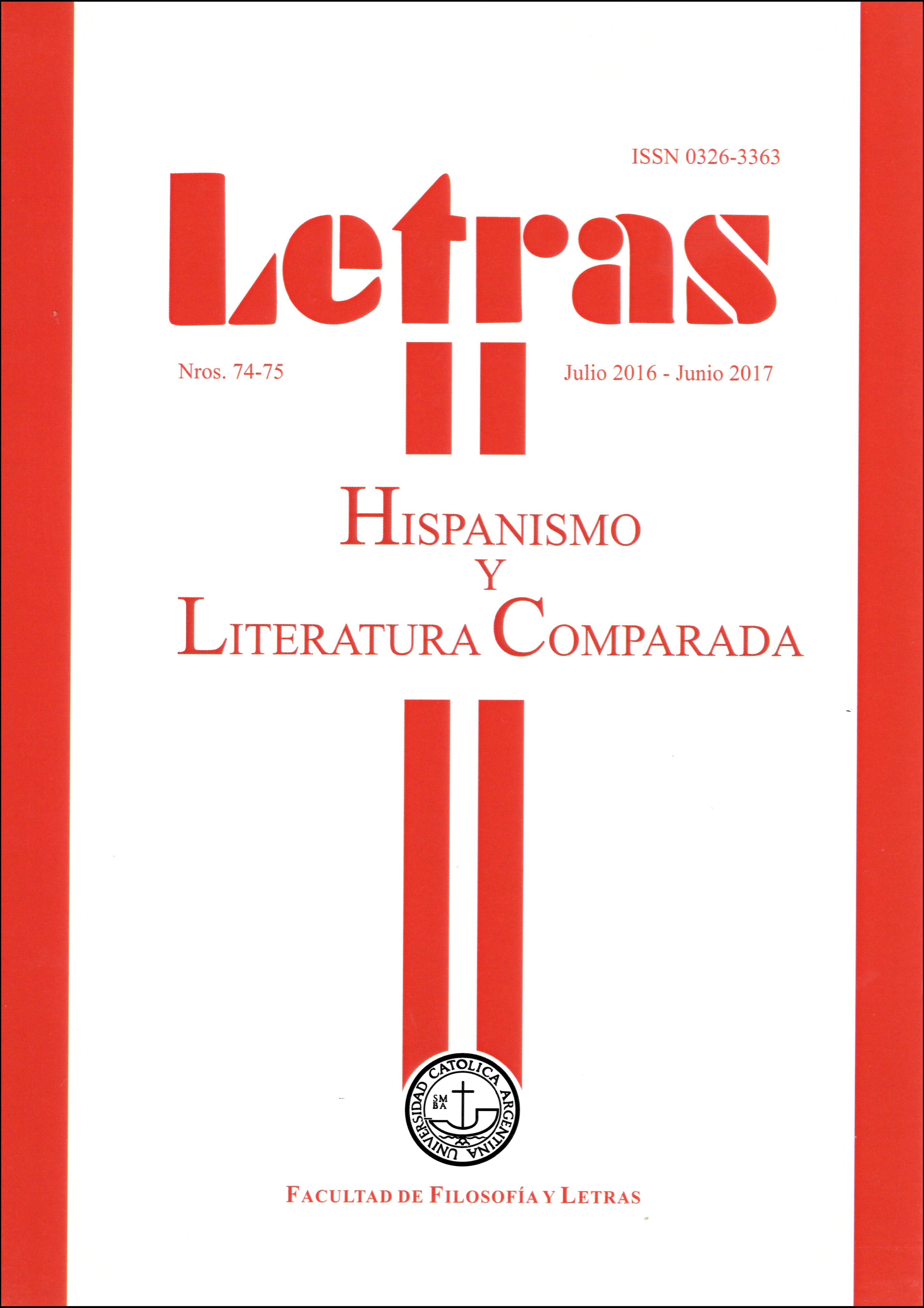Juegos de sinonimia en el Quijote : una intersección entre la narrativa de ficción y la historia de la traducción
Palabras clave:
Don Quijote, Parodia de técnicas y estrategias de traducción, Historia de la traducción, Historia de la novelaResumen
It is well known that the Quijote presents itself as a translation (the supposed translation of Arab historian Cide Hamete Benengueli’s chronicle, performed by a moorish interpreter, and re-elaborated by a "second author" into its final form as a Castilian narrative). Nevertheless, critics have tended to see this game as a mere consequence of Cervantes’s parody of chivalric romances, which very often presented themselves as supposed translations. The present article proposes that, in fact, Cervantes is parodying very specific translation practices and strategies that had been used in Spain in the past and that involved such aspects as collaboration among translators from different cultures, linguistic multiplicity, and the possibility that different reading positions could coexist on a the same text. The value of considering the specificity of Cervantes’s parody lies in the possibility of rescuing these aspects as objects of the critical and meta-fictional reflection that Cervantes proposes in the Quijote.Downloads
Download data is not yet available.
Descargas
Publicado
2019-04-16
Cómo citar
Bistué, B. (2019). Juegos de sinonimia en el Quijote : una intersección entre la narrativa de ficción y la historia de la traducción. Letras, (74-75), 29–49. Retrieved from http://649820.fgwnw.asia/index.php/LET/article/view/1694
Número
Sección
Artículos
Licencia

Esta obra está bajo una Licencia Creative Commons Atribución-NoComercial-CompartirIgual 4.0 Internacional.
Atribución-NoComercial-CompartirIgual 4.0 Internacional (CC BY-NC-SA 4.0)
Usted es libre de:
- Compartir — copiar y redistribuir el material en cualquier medio o formato
- Adaptar — remezclar, transformar y construir a partir del material
- La licenciante no puede revocar estas libertades en tanto usted siga los términos de la licencia
Bajo los siguientes términos:
Atribución — Usted debe dar crédito de manera adecuada, brindar un enlace a la licencia, e indicar si se han realizado cambios. Puede hacerlo en cualquier forma razonable, pero no de forma tal que sugiera que usted o su uso tienen el apoyo de la licenciante.
NoComercial — Usted no puede hacer uso del material con propósitos comerciales.
CompartirIgual — Si remezcla, transforma o crea a partir del material, debe distribuir su contribución bajo lla misma licencia del original.
- No hay restricciones adicionales — No puede aplicar términos legales ni medidas tecnológicas que restrinjan legalmente a otras a hacer cualquier uso permitido por la licencia.
Avisos:
- No tiene que cumplir con la licencia para elementos del materiale en el dominio público o cuando su uso esté permitido por una excepción o limitación aplicable.






